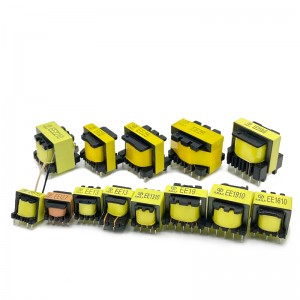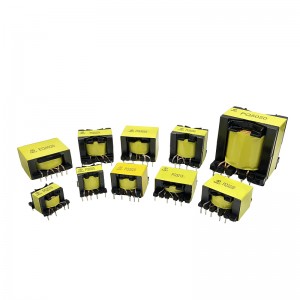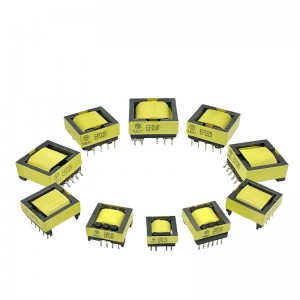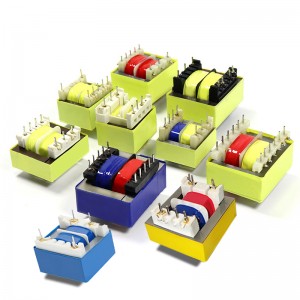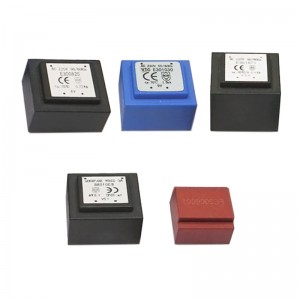High-voltage frequency converters are commonly used in industrial fields and are suitable for high-power, high-voltage (usually over 1kV) applications. They can provide higher output power and load-carrying capacity and are suitable for driving large motors, generator sets and other high-power equipment. The circuit design and control system of high-voltage frequency converters are usually more complex to cope with the requirements of high voltage and large current.
Low-voltage inverters are suitable for low-voltage (usually below 1kV) applications and are widely used in household appliances, small mechanical equipment, air conditioners, etc. They usually provide lower output power and are suitable for speed regulation and control of low-power equipment. Compared with high-voltage inverters, low-voltage inverters are smaller, cheaper, and more convenient to operate and maintain.
In summary, high-voltage inverters are mainly used for high-power applications in the industrial field, while low-voltage inverters are suitable for low-power applications in homes and small equipment. They have obvious differences in voltage range, power level and applicable scenarios.
High-voltage inverter and low-voltage inverter are two different inverter devices. The main difference lies in their applicable voltage range and power level:
Voltage range: High-voltage inverters are suitable for high-voltage power grid systems, usually with operating voltages above 1kV and can reach dozens of kV levels, while low-voltage inverters are suitable for low-voltage power grid systems, with usually working voltages below 1kV.
Power level: High-voltage inverter is suitable for high-power and heavy-load applications, such as industrial motors, generator sets, etc. It can withstand larger currents and loads. Low-voltage inverters are suitable for low-power applications, such as small mechanical equipment, household appliances, etc.
Circuit design and control methods: Due to differences in voltage and power levels, the circuit design and control methods of high-voltage inverters and low-voltage inverters are also different. High-voltage frequency converters typically use higher voltage levels and more complex circuit designs to meet the requirements of high-power applications. Low-voltage frequency converters are simpler, more flexible and convenient in design and control.
Although there are these differences between high-voltage inverters and low-voltage inverters, they are also related and interact. In some application scenarios, it may be necessary to connect and cooperate high-voltage and low-voltage systems, and use high-voltage inverters and low-voltage inverters to coordinate with each other to meet the needs of the entire system.
In addition, high-voltage inverters and low-voltage inverters both belong to inverter technology. Their basic principles and functions are similar, and they can realize functions such as speed regulation, energy saving and control of motors.
At Zhongshan Xuange Electronics Co., Ltd., we understand the importance of providing excellent products and services to our customers. With over 15 years of production experience, we are proud to offer a wide range of products and services that allow you to customize our products to meet your specific requirements. Whether you need custom transformers, chokes, or other electronic components, our team is ready to work with you to turn your vision into reality.
For product questions, please check the product page, you are also welcome to contact us through the contact information below, we will reply to you within 24.
https://www.xgelectronics.com/products/
William (General Sales Manager)
186 8873 0868 (Whats app/We-Chat)
E-Mail: sales@xuangedz.com liwei202305@gmail.com
(Sales Manager)
186 6585 0415 (Whats app/We-Chat)
E-Mail: sales01@xuangedz.com
(Marketing Manager)
153 6133 2249 (Whats app/We-Chat)
E-Mail: sales02@xuangedz.com
Post time: May-18-2024

